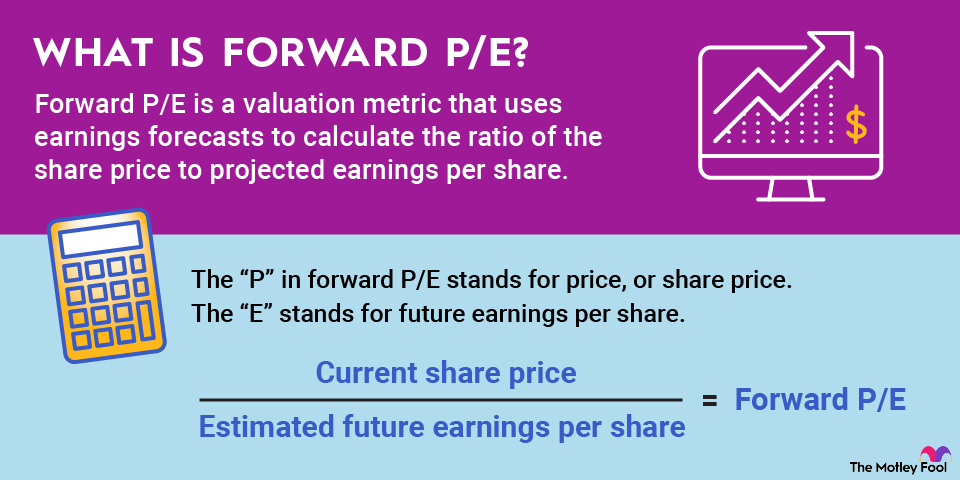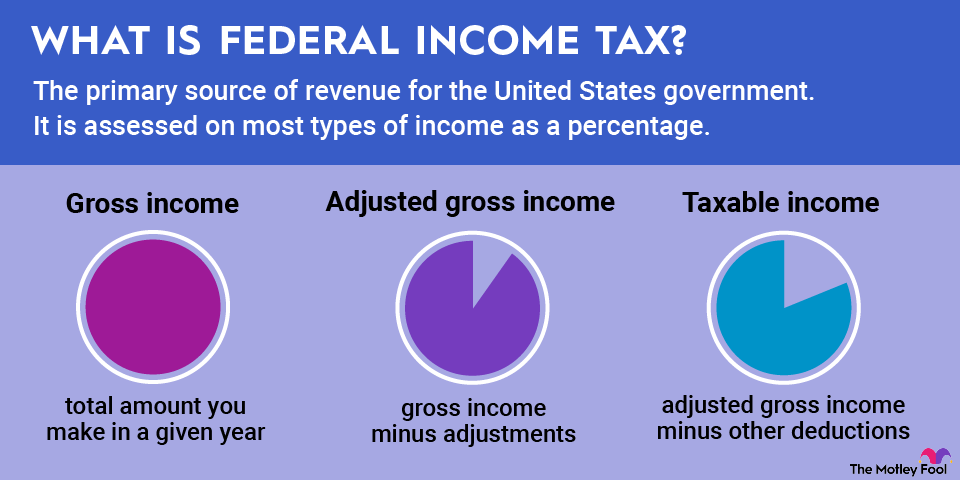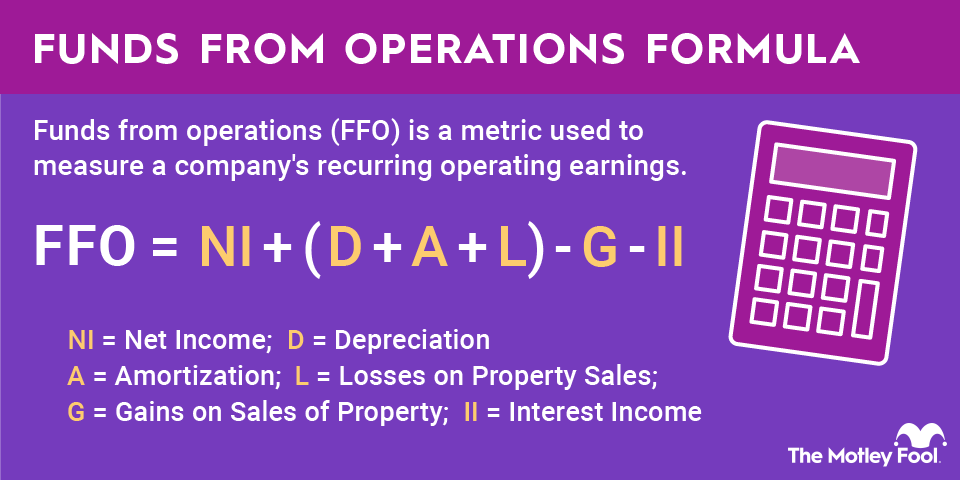Investors also use FFO to measure a REIT's operating performance relative to other periods and other REITs. For example, if a REIT sold an asset during one period at a gain and another one during the next period at a loss, the sales could significantly affect a REIT's reported net income between the two periods. They might lead investors to believe that the REIT's operating performance has suffered dramatically. FFO helps adjust for the sales to give investors a more accurate reflection of the actual performance of the REIT's business during the periods.
Investors can also use FFO as a valuation metric similar to a price-to-earnings (PE) ratio. For example, if a REIT reported $1.00 per share of FFO and traded at $10 a share, it sells for 10 times its FFO. If another similar REIT trades at 15 times its FFO, investors could make the case that the market undervalues the REIT with a lower FFO ratio compared to the other one.
Another good use of FFO is more accurately calculating a REIT's dividend payout ratio. REITs often record significant charges for depreciation each quarter, reducing their reported net income for tax purposes. However, the REIT's recurring income is usually much higher than its reported net income. For instance, if the above example didn't include any gain on asset sales, the reported net income would have only been $600,000 in the period. However, actual recurring cash earnings were $800,000 if we add back the non-cash charge of deprecation.
That means the company could have paid $800,000 in dividends because that matched their cash flows. However, some investors might have wrongly assumed the REIT paid out more cash than it earned if they used net income instead of FFO to determine the dividend payout ratio.
Related investing topics




















